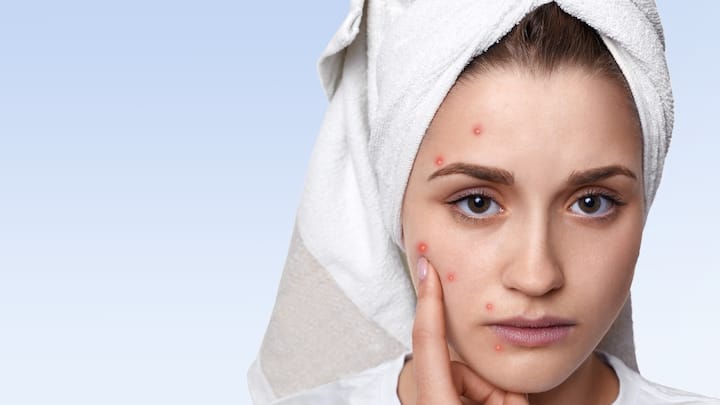
Acne Flare-Ups: Hormonal fluctuations, especially during puberty, menstruation, pregnancy, or menopause, can increase sebum production, leading to clogged pores and acne particularly along the jawline and chin. (Image Source: Canva)

Dryness and Sensitivity: A drop in estrogen levels, especially during menopause, can reduce skin hydration and lipid production, making the skin dry, thin, and more sensitive to external irritants. (Image Source: Canva)
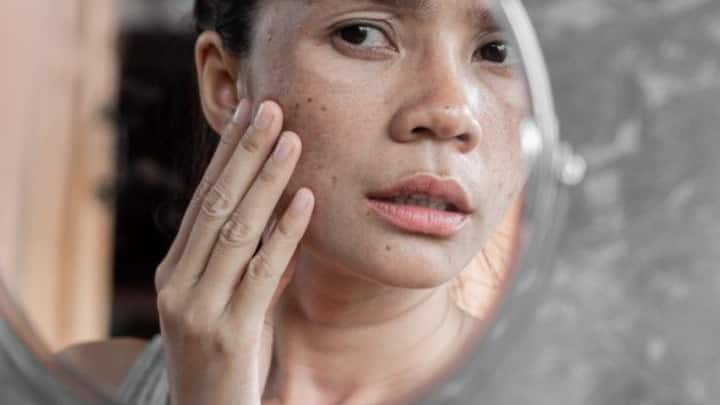
Increased Pigmentation: Hormonal changes can trigger melasma a form of hyperpigmentation that appears as dark patches, often on the cheeks, forehead, or upper lip. (Image Source: Pinterest/ demirirnoel1542)
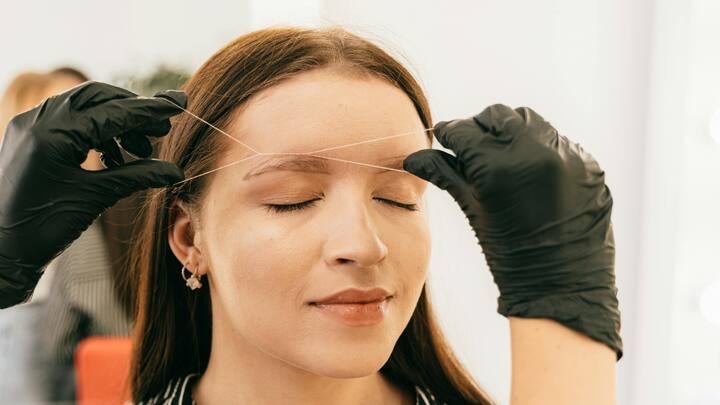
Excess Facial Hair (Hirsutism): Elevated levels of androgens (male hormones) can lead to unwanted facial hair growth, particularly in conditions like PCOS (Polycystic Ovary Syndrome). (Image Source: Canva)
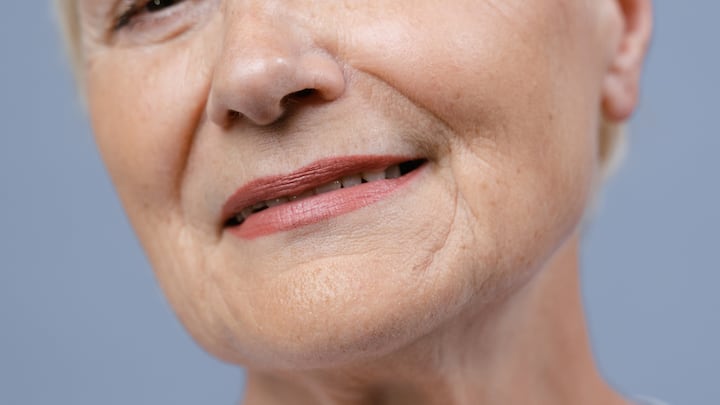
Loss of Elasticity and Aging Signs: As estrogen levels decline with age, collagen production slows down, leading to reduced skin firmness, fine lines, and sagging. (Image Source: Canva)
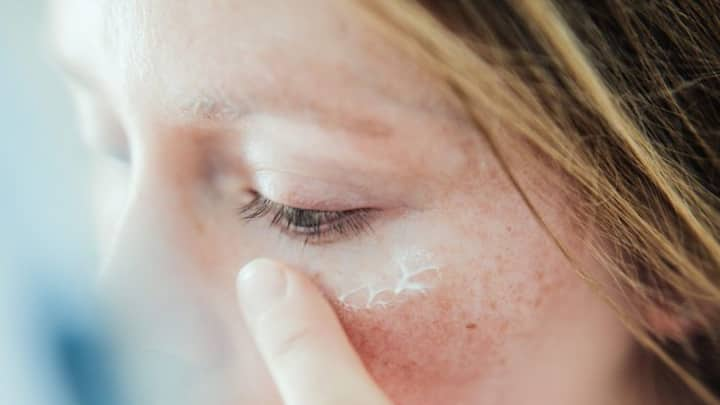
Worsening of Pre-Existing Conditions: Hormonal shifts can exacerbate conditions like eczema, psoriasis, or rosacea, requiring tailored skincare and possibly medical management. (Image Source: Pinterest)

Inputs By: Dr Mohna Chauhan, Dermatologist, at Prakash Hospital. (Image Source: ABP Live AI)
Published at : 20 May 2025 07:43 PM (IST)

